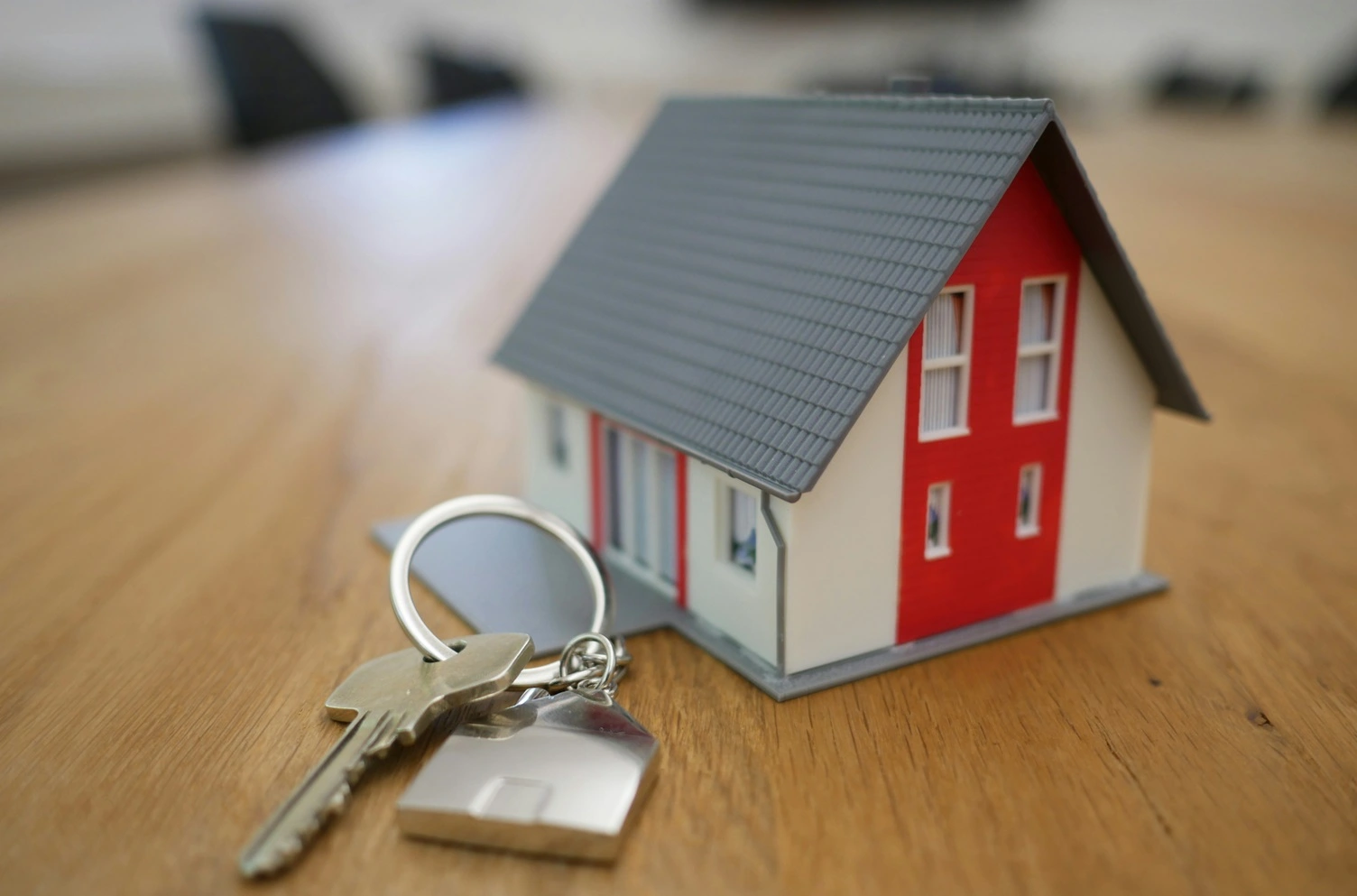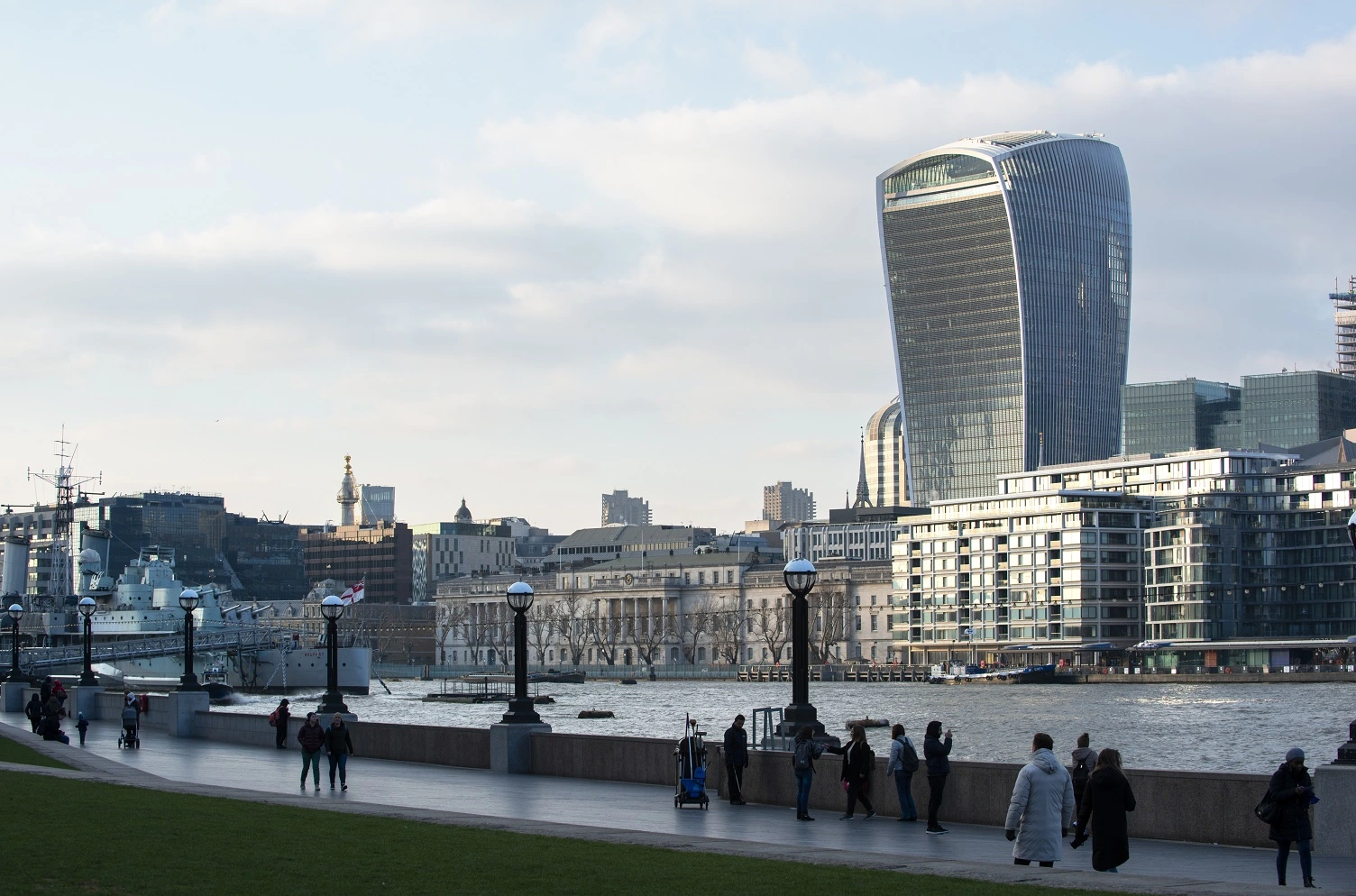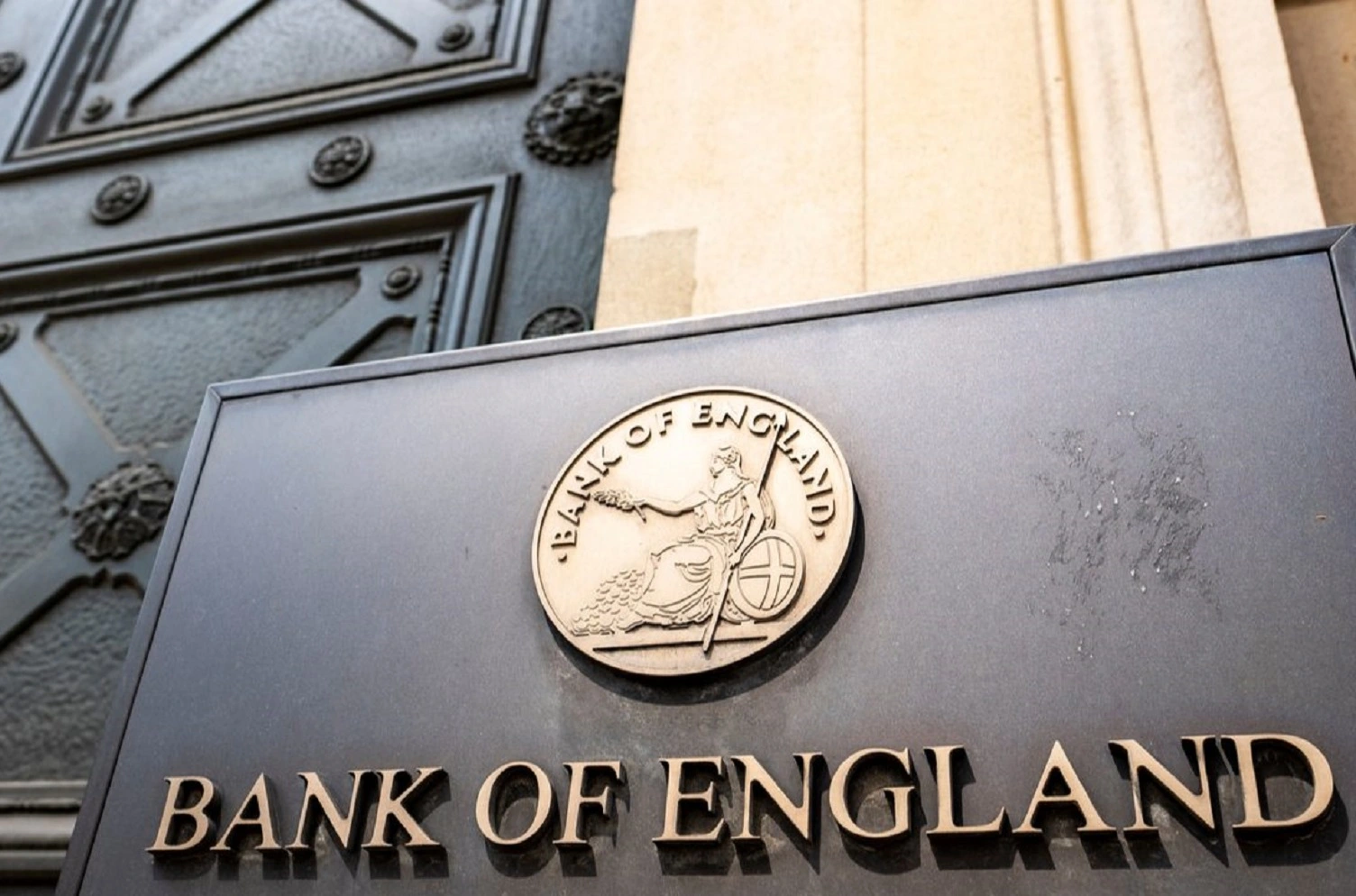Are There Mortgages for Uninhabitable Property Purchases?

Are There Mortgages for Uninhabitable Property Purchases?
Properties requiring renovation can be a lucrative prospect. Developing the property can add significant value, and a doer-upper is also a great way to buy a home of a size or in a location that you'd otherwise not be able to afford.
However, for mortgage lenders, any property considered uninhabitable is usually not a viable lending prospect.
Here, the Revolution Brokers team explains what an uninhabitable property is and your borrowing options if you find a dream development. For more help financing your property purchase, give us a ring on 0330 304 3040, or drop a message to [email protected].
What Do Mortgage Lenders Consider Uninhabitable?
Generally, an uninhabitable property isn't currently in a suitable condition to be lived in. The factors include:
- Not having a working kitchen or bathroom.
- Having severe problems with damp or mould.
- Staircases without handrails.
- Non-standard roofing materials, or not being weathertight.
- Contaminations, including Japanese knotweed.
- Lack of secure doors or safety locks.
- Presence of asbestos.
A lot depends on the amount of work required to make the property liveable and the valuation returned from the survey.
Japanese knotweed, for example, is a fast-growing invasive plant species that can compromise the structure of a property. However, if you have a treatment plan or agree to have the knotweed removed, you might be able to get a mortgage - sometimes with a retention that is released when the work is complete.
Can I Get a Mortgage on a Property Without a Kitchen and Bathroom?
Usually not. Residential mortgages are not offered on many properties without functioning kitchen and bathroom facilities, but it depends on the lender.
You'll also struggle to find a mortgage if the property isn't self-contained, weatherproof, and secure - these factors all mean that the property is a high risk, making it a less appealing prospect from the lender's perspective.
One of the challenges is that you will need to have buildings insurance to take out a mortgage, and it might be equally challenging to find an insurer who will offer a policy on a property with serious risk factors.
Can I Mortgage a Listed Building that is Currently Uninhabitable?
This scenario is very tricky since listed buildings themselves are a specialist area of mortgage lending. The property's nature means that restoration works need to be carried out by skilled restorers in keeping with the appearance and materials already used in the property and can be substantially more expensive than a standard renovation project.
It is well worth seeking advice from an independent broker to work out the best lending solutions for this restoration type.
Can I Mortgage a Property That Has Asbestos?
Asbestos can be a real problem when mortgaging a property since it can be expensive to remove and poses significant health issues. Asbestos is also widely used in many UK properties since developers used it in building works for several decades, right up to the 1990s.
That said, it can be removed quickly by an expert.
Lenders will ask for an asbestos report compiled by an accredited surveyor. If they determine that the asbestos isn't damaged, doesn’t pose a risk, and won't be moved or damaged, then the risk is mitigated.
If the asbestos does need to be removed, the lender will consider the surveyor's recommendations before deciding to lend.
Asbestos roofs are usually less of an issue, provided the roof is in good condition and doesn't need repair.
Does the Roof on My Property Impact my Mortgage Approval Chances?
It can do, yes. Roofs made out of non-standard materials pose an issue for lenders since they usually cost much more to repair - that mitigates the saleable value of the property were they to end up in a repossession scenario.
Examples include:
- Flat roofs are usually OK if they are on an extension, and provided the rest of the property has a standard pitched roof. Lenders will assess an application depending on what proportion of the property has a flat roof.
- Felt roofs are standard on listed buildings, and provided the felt is original, and in good condition, it is possible to find a mortgage.
- Thatched roofs are another non-standard roofing material and will require a survey to assess the quality and maintenance of the roof. Some lenders will offer a mortgage but require full property insurance cover and paperwork to demonstrate that the maintenance programme is up to date.
- Tin roofs are less common, and lenders will consider whether they are typical in the area and whether the property remains of saleable value.
Another non-standard roofing factor arises with solar panels. It is possible to get a mortgage with solar panels on the roof, although the lender will want to know who owns them. If the panels are leased or leased back to an energy provider, it may require a specialist lender.
Most mortgage providers will lend against a property with solar panels only if they are owned outright and not leased to a third party.
Can I Get a Mortgage After Repairs Works Have Been Completed?
Yes, you might find that a lender approves your application, but with the caveat that you need to rectify some issues within the property. Other options include secured loans, or short-term bridging finance to cover the costs, or as an alternative to a mortgage until the repairs are complete.
If a lender rejects your application for a mortgage on an uninhabitable property, you can:
- Pay for the work outright, potentially reducing the offer price with the seller to make up for the expense - and then apply for a mortgage.
- Require the seller to carry out the work and possibly negotiate an increase in the sale price to account for the cost.
- Accept a mortgage with a retention clause, where some of the funds are held back and released when the work is complete.
- Take out a bridging loan to pay for the property and/or the repair works and remortgage on a typical home loan once finished.
What is a Mortgage Retention Clause?
Retention clauses mean that the lender has approved the mortgage but holds back some of the funds due to concerns with the property or another issue.
When the work has been completed and the property revalued, the lender will release the final payment.
Can I Use Bridging Finance to Buy an Uninhabitable Property?
Bridging finance is one of the most popular ways to get around mortgage issues with an uninhabitable property.
There are fewer eligibility requirements, and provided there is a clear exit strategy demonstrating how you will repay the loan, a bridging loan can run for usually between six months and a year while the renovation is completed.
This form of borrowing is also used to purchase auction properties, a standard sale method for uninhabitable homes.
Auction purchases are usually payable within 28 days, and so a bridge loan is a much faster option than a typical mortgage.
Will a Second Charge Mortgage Finance an Uninhabitable Home Purchase?
Yes, a second charge mortgage is a secured loan taken out against your existing property, in addition to your current mortgage.
This relies on having enough equity in the property to take out additional borrowing, and a lender will need to run through affordability criteria to ensure you can afford to keep up the repayments on both mortgages.
However, since the borrowing is secured against your existing residence, it is far less risky for the lender than lending against an uninhabitable home. Once the repair works are finished, you can then remortgage against the property in question.
Professional Advice with Mortgaging an Uninhabitable Property
As we've seen, there are multiple borrowing options for renovation projects and uninhabitable homes. Even if the property is derelict, there is always a solution and will need a significant amount of work to bring it back into good condition.
If you'd like independent advice from a whole-of-market broker about the most cost-effective borrowing options for your property renovation project, contact mortgage brokers on 0330 304 3040, or email the team at [email protected].
Related Posts
Ask the Expert
Mortgage Brokers




